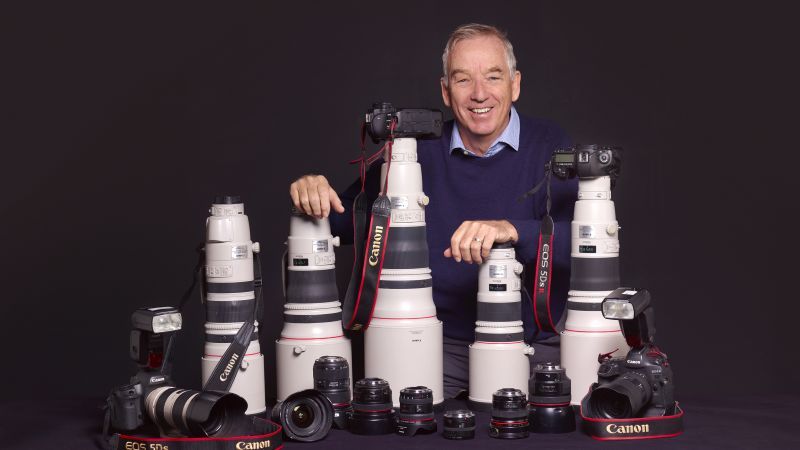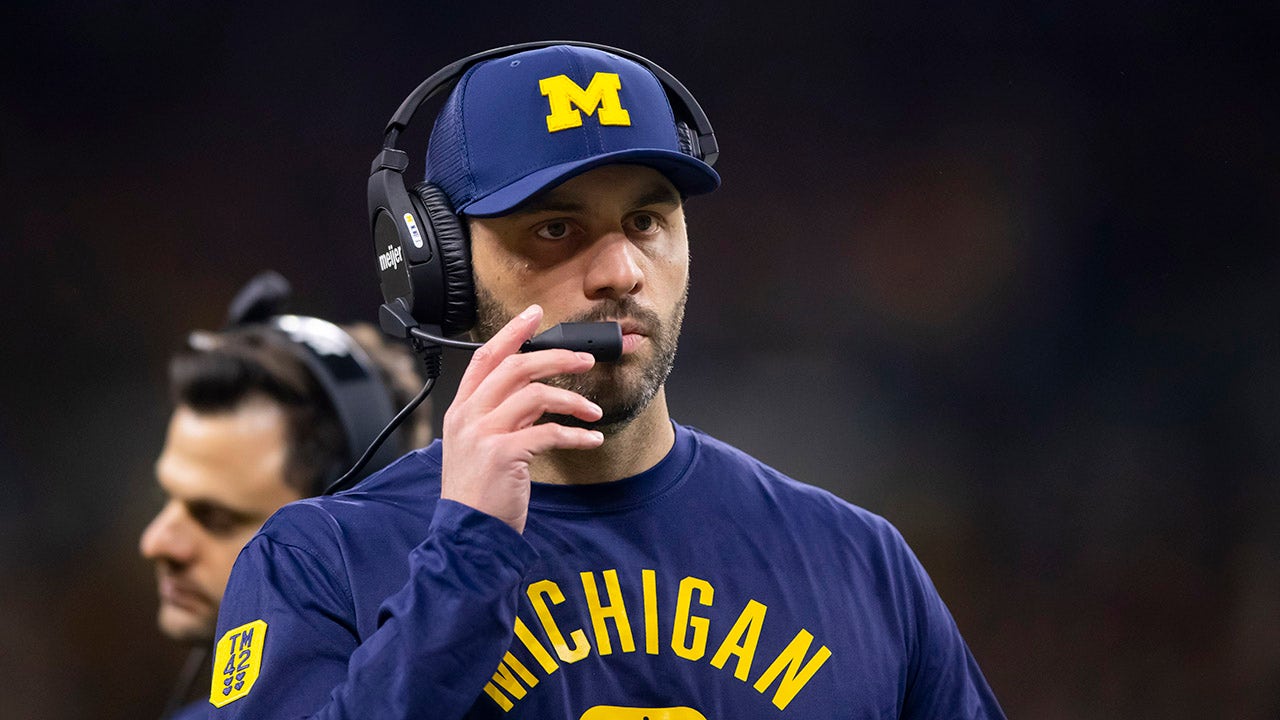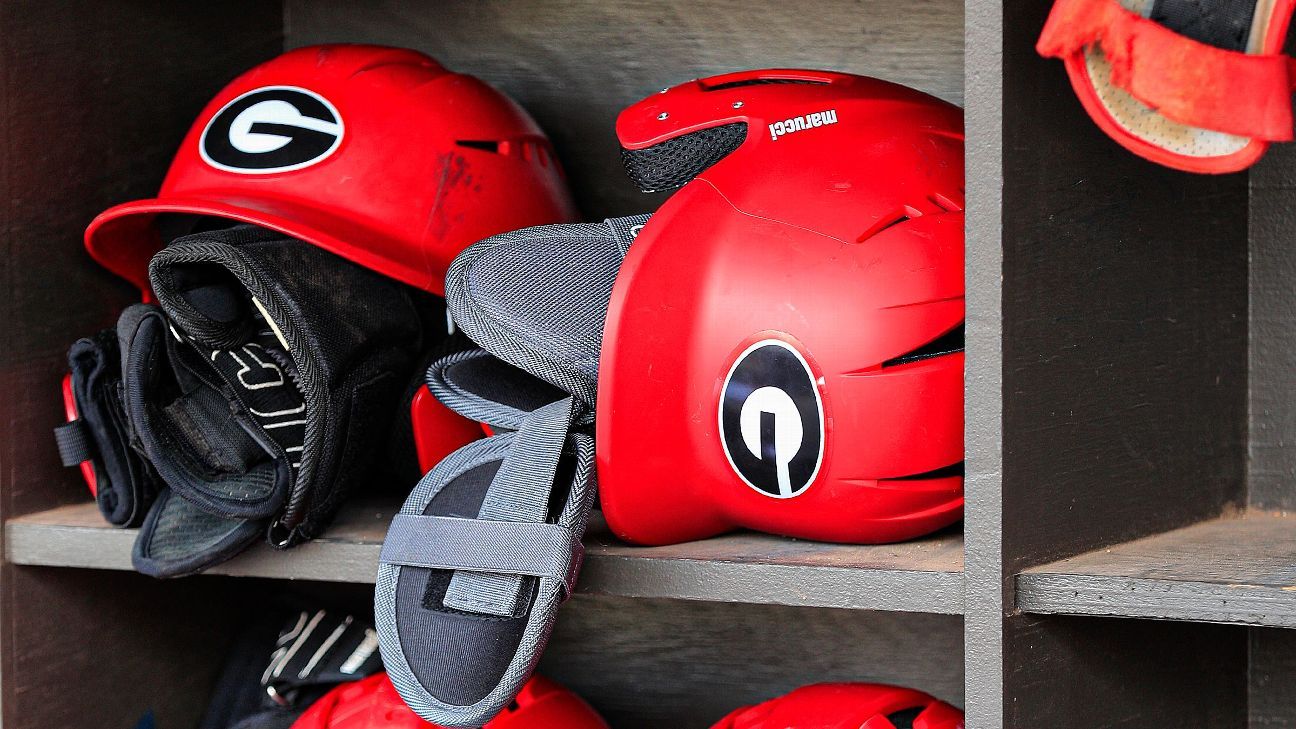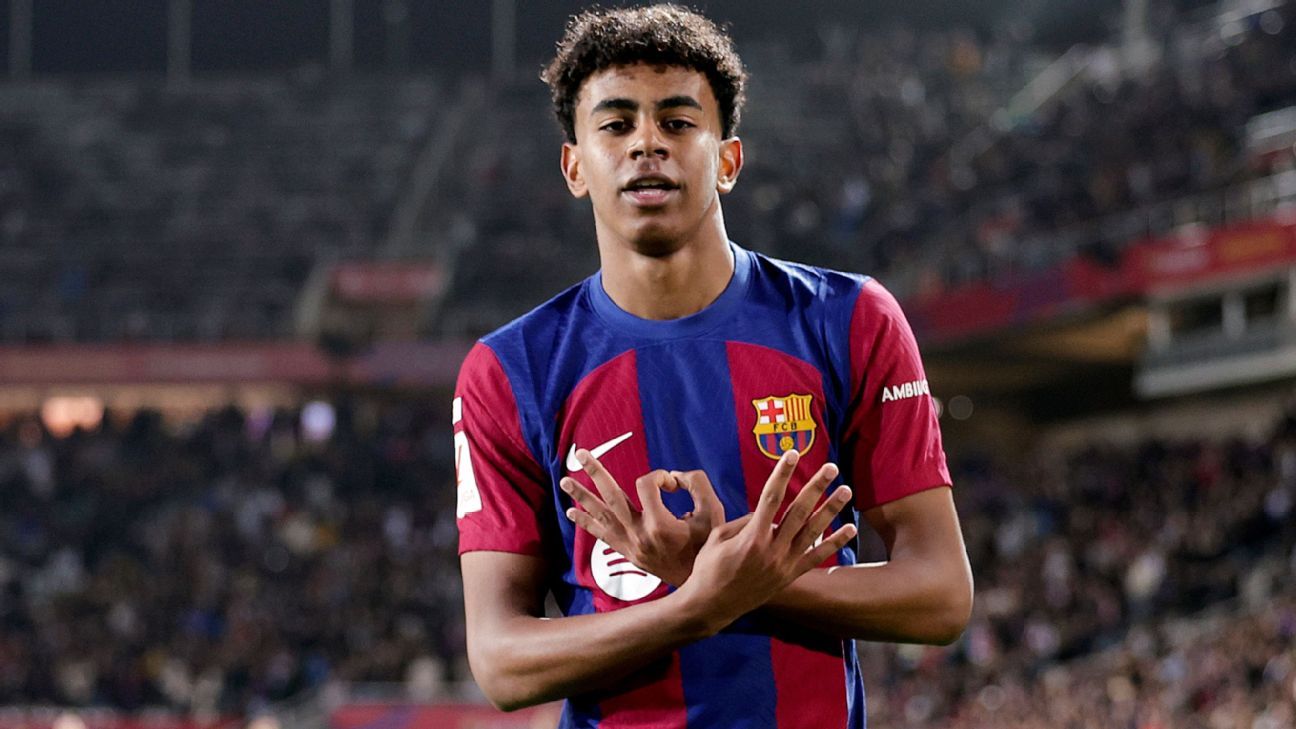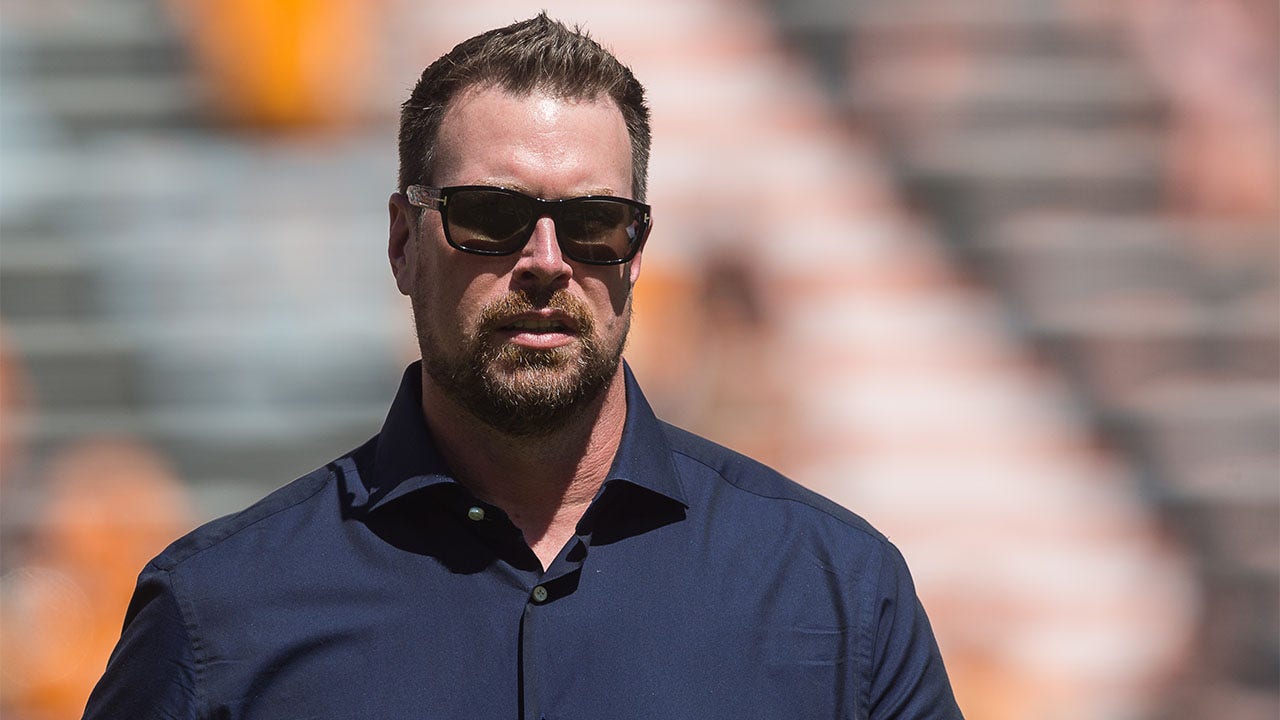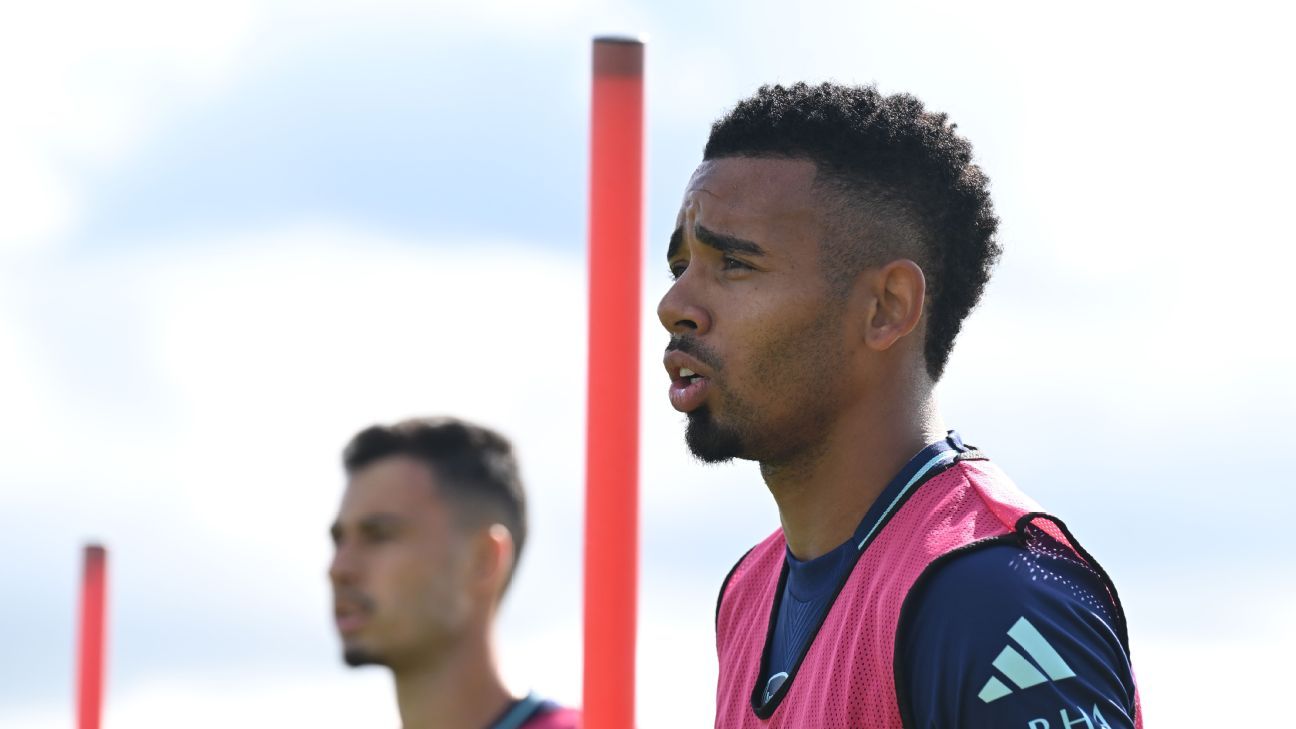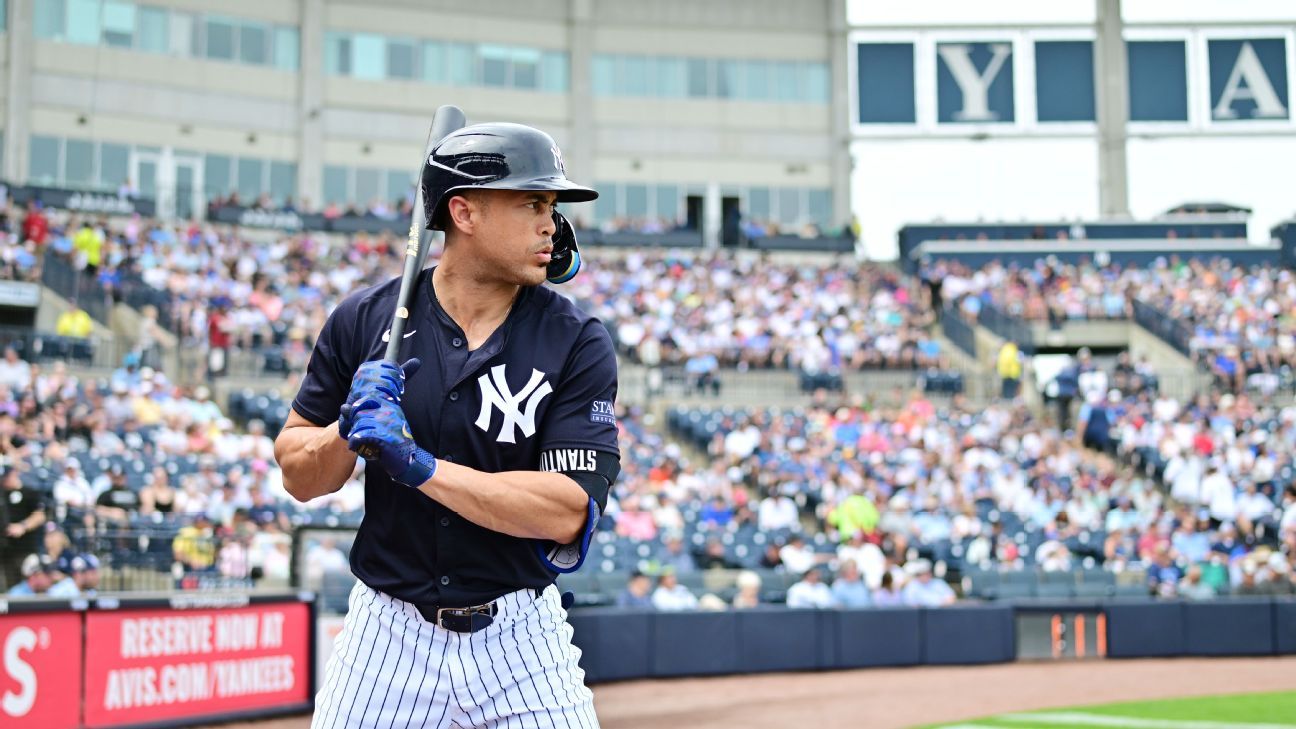cnn
—
With his last name, you could say that David Cannon was predestined for a career behind the lens.
Upon receiving the PGA of America's Lifetime Achievement Award in Photojournalism in May, the 67-year-old was praised for his “technical mastery and artistic competence.”
However, although his first professional camera was a Canon, the Englishman's journey to becoming one of the world's leading sports photographers was anything but fatal: he didn't even have any formal training.
Born in Sussex, Cannon was a talented golfer in his youth and boasted a handicap of one. Competing in a series of amateur tournaments, he finished eighth in the British Junior Golf Championships in 1974 and played alongside a young Nick Faldo in the following year's tournament.
But sharing the streets with the future winner of six major tournaments extinguished any hope Cannon had of a professional playing career.
“When I played with him [Faldo], it was like 'Oh shit, I'm not even in the same league,'” he told CNN Sport. “He was just something else.”
Needing a job to fill the lack of financial reward in amateur golf, Cannon worked at a nylon sheeting company, but after four years he longed for a change of pace. When an impromptu conversation with a family friend, Leicester News Service photographer Neville Chadwick, offered him the chance to photograph some local sporting events, Cannon agreed.
He sold his car to finance a small telephoto lens and camera (naturally, a Canon AE-1) shortly after sitting in a rugby stadium for a Tour of New Zealand match in November 1979.
Related story: Golf legend Tom Watson remembers his Open classic at St Andrews
The 24-year-old was armed with just two pieces of advice that have served as his foundation ever since: “Focus on the eyes and fill the frame.”
“I left, that was all. The light bulb went on,” Cannon said. “Playing golf suddenly took a backseat and every free minute he had he spent buying cameras with extra money, taking pictures and going to games.”
In 1983, having covered everything from the Commonwealth Games in Australia to the FIFA World Cup qualifiers in Honduras, he joined the prestigious AllSport photography agency. Although it was acquired by Getty Images in 1998, Cannon has worked there ever since, specializing in golf to quickly become one of the most recognized names in the field.
“I loved every minute of it,” he said, and there were certainly plenty of minutes to love.
Cannon has covered more than 700 events and nearly 200 men's and women's majors, according to an interview with the Ryder Cup, the biennial event he has worked on 17 times.
Cannon's dazzling estimates of his career statistics: 3.4 million frames filmed, 2.6 million miles flown, 115 countries visited, 5,000 nights slept in hotels and 13,000 golf course miles walked.
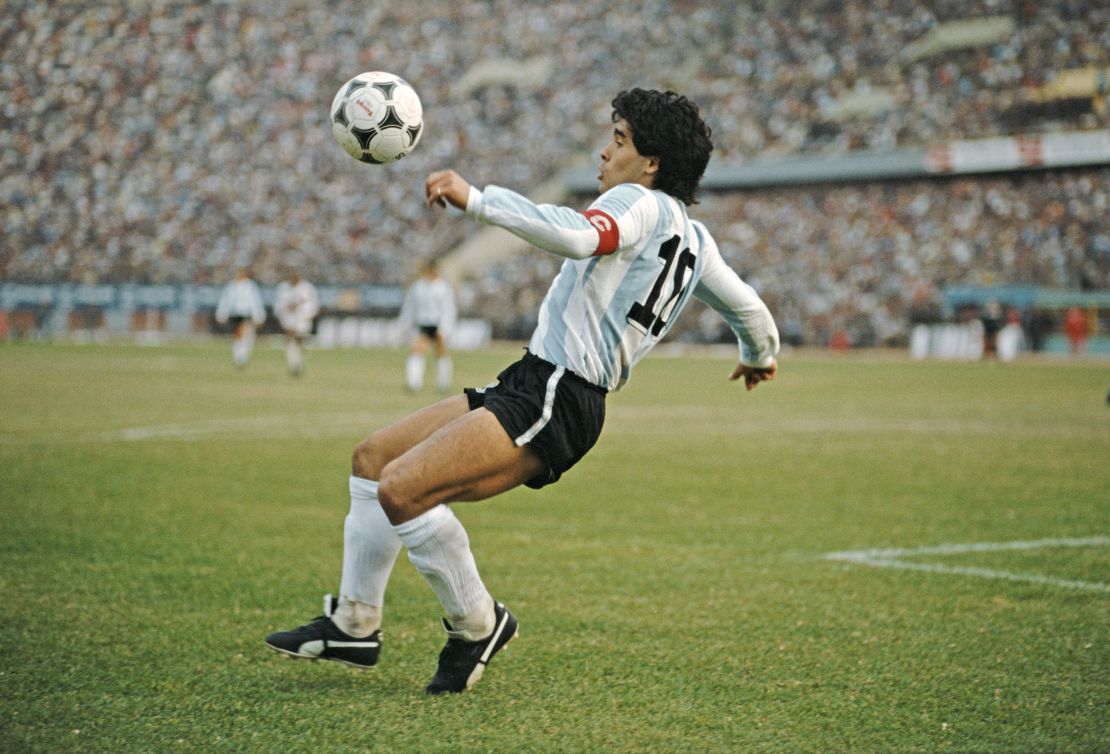
However, Cannon insists it is a necessary commitment. While sports such as football will offer photographers, at a minimum, the opportunity to photograph the celebrations of almost every match, the less dynamic nature of golf can result in meager returns.
“You can go at least six months, probably two years, without getting a fantastic final frozen image,” he explained.
“Golf is very slow. People don't realize how physical it is to photograph golf. “You can walk 25,000 steps in a day and all you get are individual shots of golfers hitting the ball and nothing very interesting if they are on fairways all the time.”
Fortunately for Cannon, his career has coincided with that of some of golf's most iconic players, many of whom he has come to know personally.
Keeping in touch with Faldo, he became good friends with Ernie Els and met Greg Norman (a trio with 12 major victories between them) and had a front-row seat at the peak of the Tiger Woods era at the turn of the century.
Related article: Rising Swedish golf star hopes historic win will be defining moment for women's golf
Photographing Rory McIlroy and newly crowned US Open champion Matt Fitzpatrick since they were amateurs, he has had the joy of following their journeys from the grassroots to lifting some of golf's biggest titles.
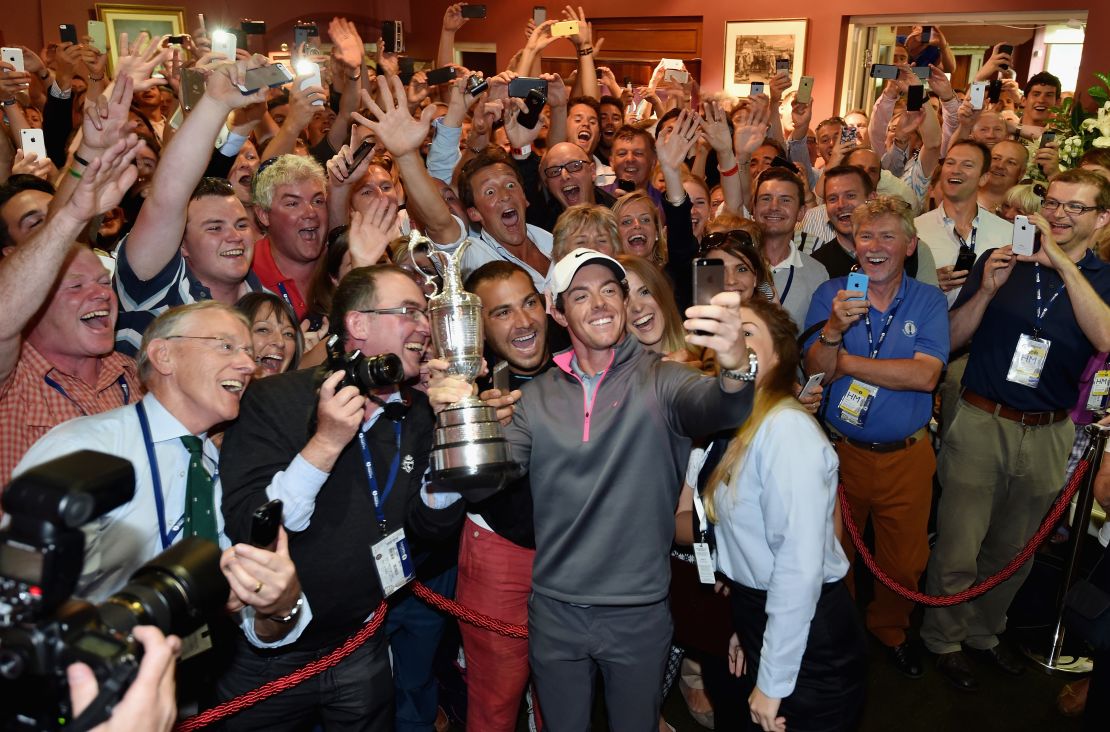
However, there is one name that stands out above all the others: Seve Ballesteros. “Never meet your heroes,” the saying goes, but Cannon not only had the joy of photographing the all-time sports idol, he also became a close friend of hers.
A portrait of the legendary Spaniard captured near his home in Pedreña in 1996 remains one of Cannon's most beloved photographs. And his shots of the five-time Grand Slam champion's iconic celebration at St. Andrews en route to a 1984 Open victory are some of the most enduring images of Ballesteros, who died of brain cancer in 2011.
“It's probably the most defining image of my career,” Cannon said. “For a moment, that's my favorite.”
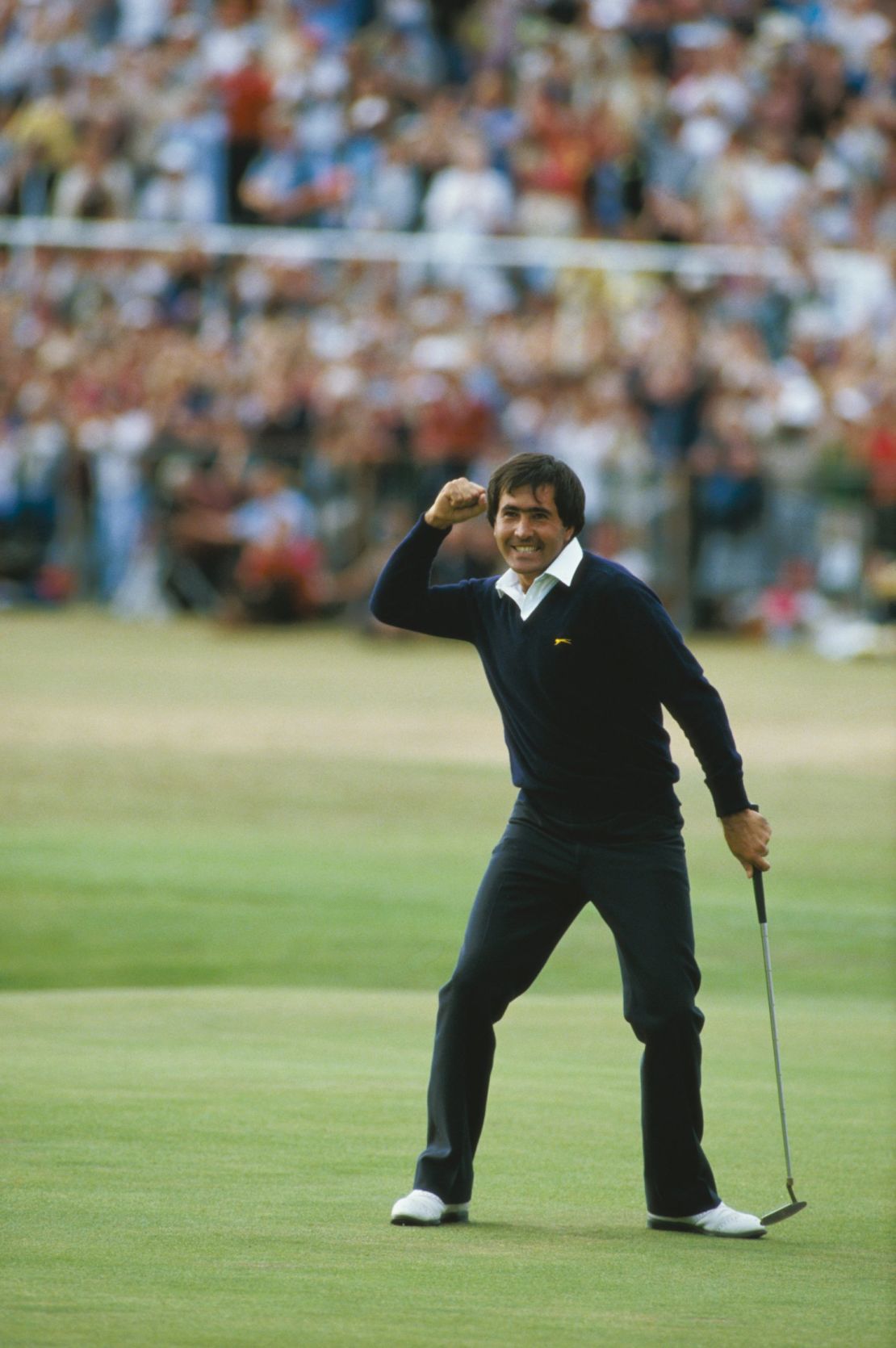
When Cannon took that photo, his 36-exposure camera allowed him to choose only 25 photographs from the entire sequence. Today he would have five more images to choose from in a single second. However, while technology has changed dramatically, the principles of sports photography have not.
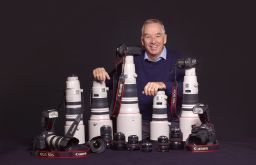
Cannon recalled one of these guiding rules when, caddying for his son, professional golfer Chris, he overanalyzed a three-hole swing earlier.
“'Dad, that's something you have to learn: There's a 10-second rule in golf,'” Cannon remembers his son telling him. “'Ten seconds after you take the shot, you can't get it back, you can't do anything about it, you have to forget about it.'
“That rule works exactly the same in photography. If you miss it, you won't be able to go back and get it. If you are at a sporting event, it will never happen again. I think it's a pretty useful rule.”

One of the most important skills of the trade is to pre-emptively spot a story or moment and act to prepare accordingly. It's easier said than done on courses that span miles of fairways, playing multiple games at once, but tips can offer big rewards.
These were harvested in abundance by Cannon at the Alfred Dunhill Cup in 1999 through his photo of basketball icon Michael Jordan and Spanish golfer Sergio García participating in a foot race through the streets of St. Andrews, once described as “ “best golf photo of all time.” in Golf Digest.
Hearing Jordan and Garcia goading each other on the first tee, Cannon decided to stay out and follow the duo past the third hole, at which point the newspaper's photographers, reluctant to stray any further from the clubhouse, decided to return.
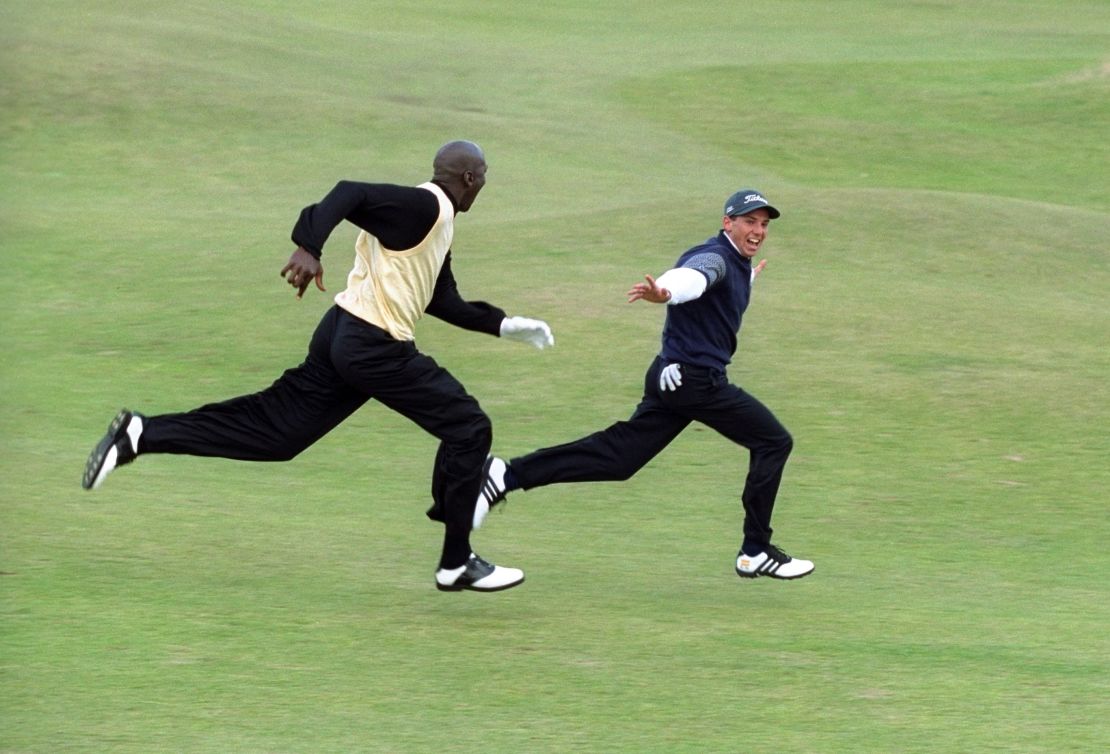
“I heard Jordan say to Garcia, 'Do you want a foot race, kid?'” Cannon recalled.
“It was a lot of fun following them that day and from then on I walked a few hundred meters ahead of them the entire time.”
It's the kind of knowledge that has kept Cannon at the top of his field for more than four decades. Not bad for someone without formal training.

